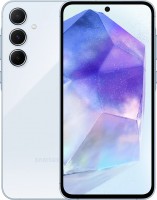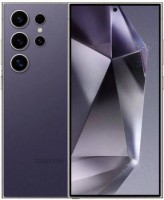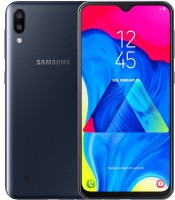Mobile Phones Samsung series Galaxy Note (Business)
Galaxy Note
If you compare Samsung's smartphone lineup with that of a car manufacturer, Galaxy S smartphones beg to be associated with dazzlingly bright and catchy Lamboghinis or Ferraris, which delight promising project managers, rappers on the wave, seasoned actors and successful startups alike. With the Galaxy Note line, the story is different, despite the common basis with the Galaxy S, these are more luxury cars of the caliber of Rolls Royce or Bentley. As far as the epithet "Luxurious" is generally applicable to a smartphone.
The Note series is aimed at business people who use a smartphone not only for leisure and communication, but also for business and work. A key feature of the Note line is the enlarged Dynamic AMOLED display with stylus support. Otherwise, both series are similar in their desire to give their owner the maximum. The filling here is always flagship (top-end Exynos/Snapdragon + 12 GB of RAM, etc.), displays are such that tears of tenderness flow, and unique chips are such that no other smartphone has (reverse charging, 3D Touch display, remote stylus control, etc.).
 |
Another important difference from the Galaxy S is that Note devices regularly acquire non-trivial business features. Recently, they have made friends with Wireless DeX dock bars, allowing you to quickly connect your smartphone to your TV, turning it into a presentation screen. The icing on the cake is the chic triple camera setup, which makes the Note one of the best camera phones on the market at launch. You only need to put up with the immense dimensions of the gadget. It’s not for nothing that they were called phablets in ancient times, when smartphones were small, and on Facebook, friends could be banned for postcards congratulating on Shrove Tuesday.
In 2019, the Note line turned 10 years old. Immediately after the anniversary generation, Samsung decided to jump over the top ten and immediately released the Samsung Galaxy Note 20 and Galaxy Note 20 Ultra. As for prices, they are expensive. That is the way. But the models of previous generations are not far behind, but are sold at much more attractive prices. It turns out a similar situation with iPhones, when two-year-old models, thanks to discounts, do not let their younger relatives into the sales tops.







